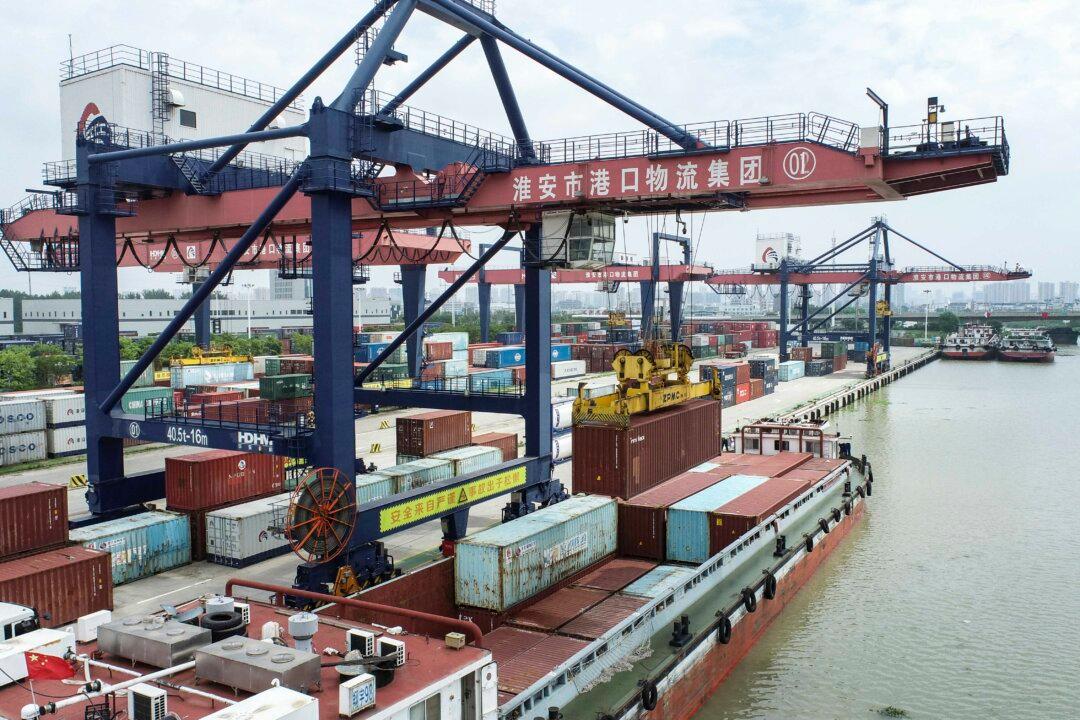Commentary
Washington has made no secret of its desire to decouple the U.S. economy from China trade—if not completely, then certainly significantly. Recent data shows that the process is proceeding pretty much as Washington wants.

Washington has made no secret of its desire to decouple the U.S. economy from China trade—if not completely, then certainly significantly. Recent data shows that the process is proceeding pretty much as Washington wants.